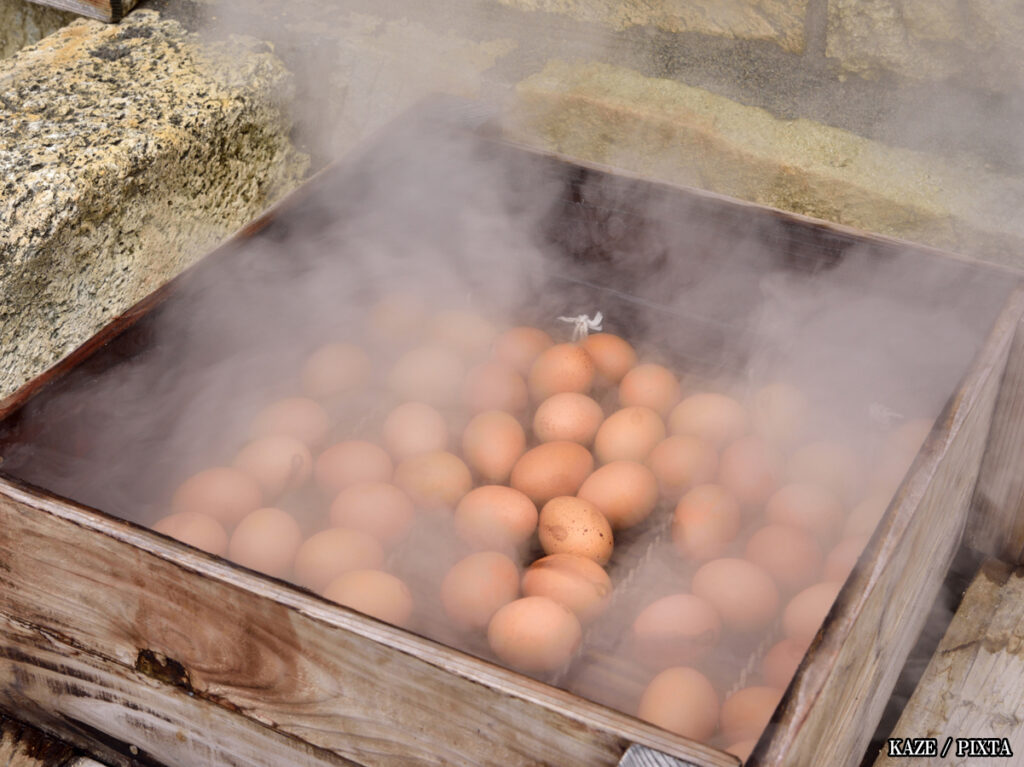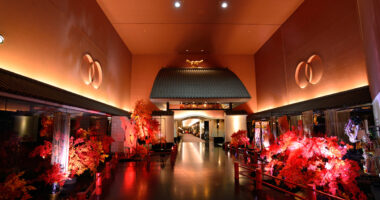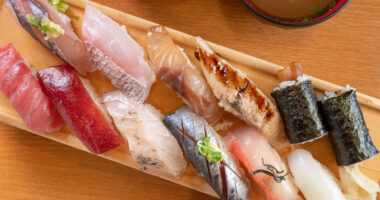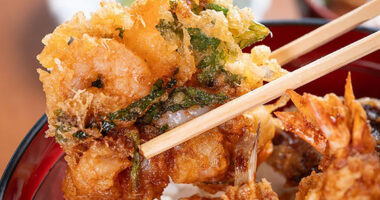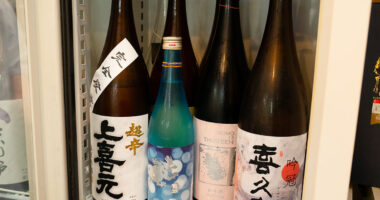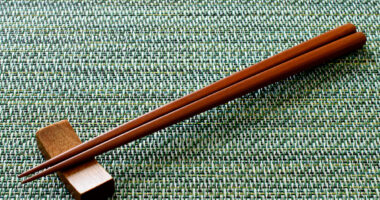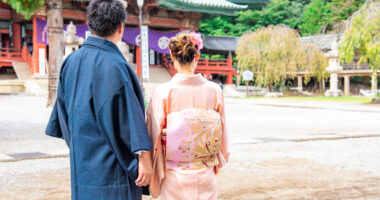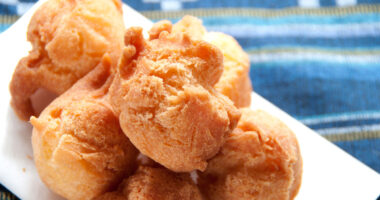Defining onsen eggs
What exactly is an onsen egg?
An onsen egg, or onsen tamago in Japanese, is a traditional Japanese dish historically made by gently cooking an egg in the naturally heated waters of an onsen (hot spring). The result is a delicately textured egg with a softly set white and a rich, creamy yolk.
The traditional cooking method
Onsen eggs are traditionally prepared by submerging whole eggs in hot spring water with a carefully maintained temperature. While the exact cooking time and temperature vary by location, the key is gradual, even heat to produce the egg’s classic silky texture.
Characteristics of onsen eggs
Texture and visual appearance
What sets an onsen egg apart from other famous egg dishes is its unique texture. It has a tender white that’s just barely set, encasing a rich, velvety yolk. While it may resemble a poached egg at first glance, the cooking method—and resulting mouthfeel—are entirely different.
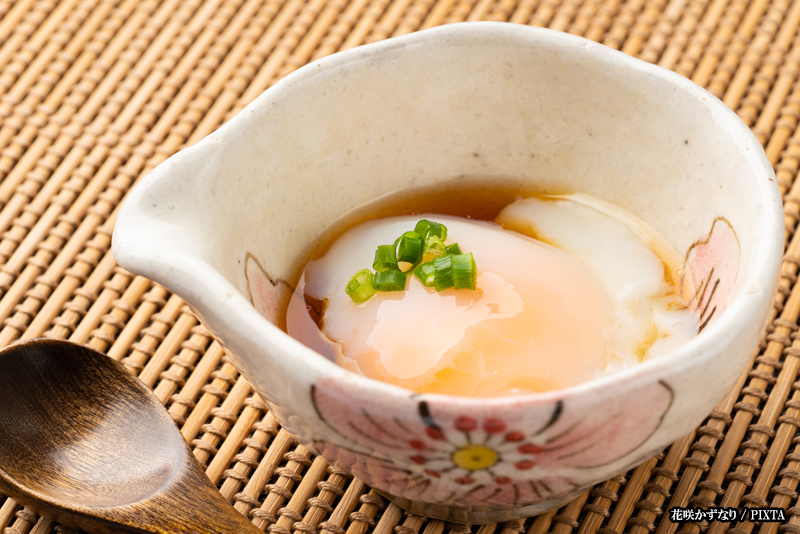
Photo for illustrative purposes
How onsen eggs differ from other ways of cooking eggs
Typical onsen eggs are distinct from soft-boiled or poached eggs thanks to their slow, low-temperature cooking process. This method alters the protein structure of the egg, as the yolk thickens before the white, giving the onsen egg its signature cloudy white and custard-like yolk. In contrast, soft-boiled eggs have a runny white and warm yolk, while poached eggs feature a firm white and a liquid center.
In some hot spring towns, the unique mineral composition of the hot spring waters imparts a subtle yet distinctive flavor. These slight variations, while usually delicate, add a distinctive dimension to the onsen tamago experience that can’t be reproduced in a kitchen. Moreover, since “onsen tamago” is sometimes used more broadly to refer to any egg cooked using onsen heat, they can also refer to hard-boiled varieties famous at some onsen towns.
The cultural connection: Why onsen eggs are associated with onsen towns
Onsen eggs are deeply rooted in Japan’s long-standing hot spring culture. For centuries, the steamy waters of onsen towns have been used not just for bathing and healing, but also for cooking. Preparing eggs in these springs became a simple, ingenious way to make use of natural resources and gradually evolved into a culinary tradition that continues today.
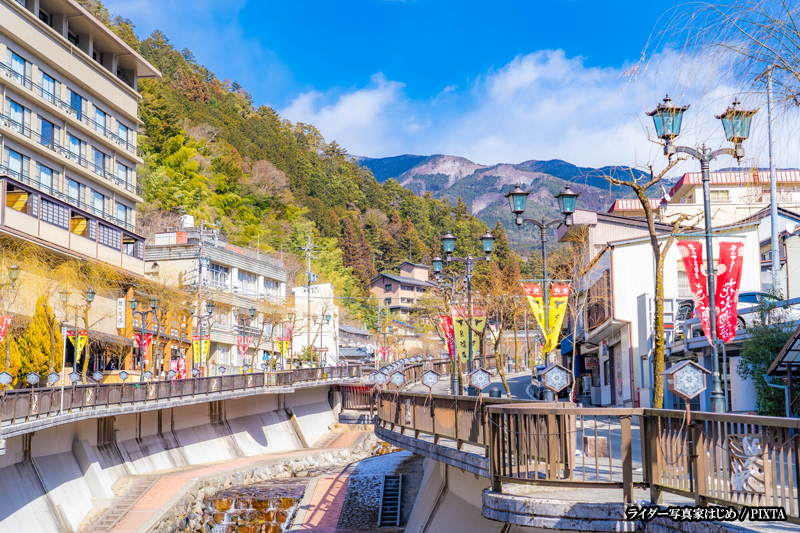
Photo for illustrative purposes
Where to find onsen eggs in Japan
You’ll find onsen eggs widely available in hot spring towns across Japan, often sold at inns, souvenir shops, and sometimes even right at the springs themselves. While these towns are the most traditional places to find them, onsen eggs also appear in some restaurants throughout Japan, using precise temperature control to recreate the classic slow-cooked texture.
Looking for the perfect place to try one?
Read: “Kyushu’s Hot Springs: Best Onsen Areas by Region.” Discover the most scenic and relaxing hot spring towns in Kyushu—each offering its take on local onsen cuisine, including onsen tamago.
